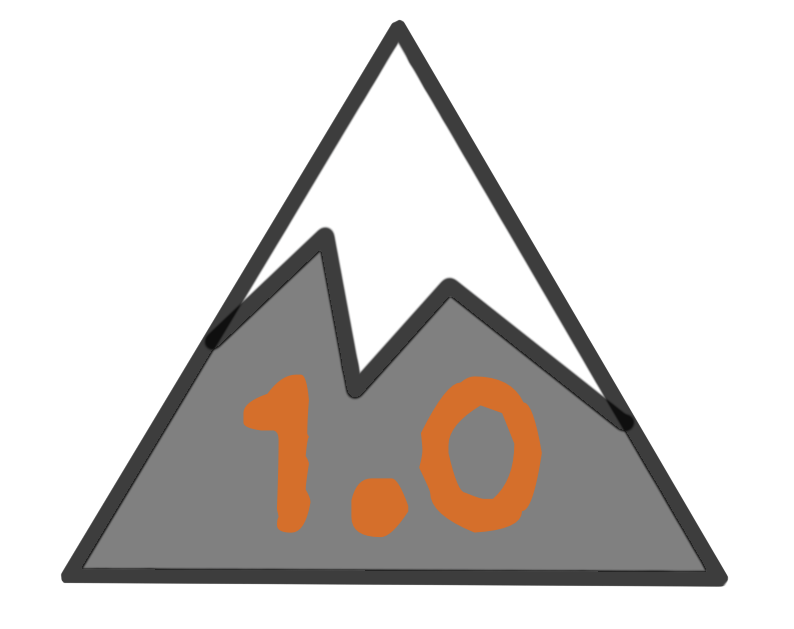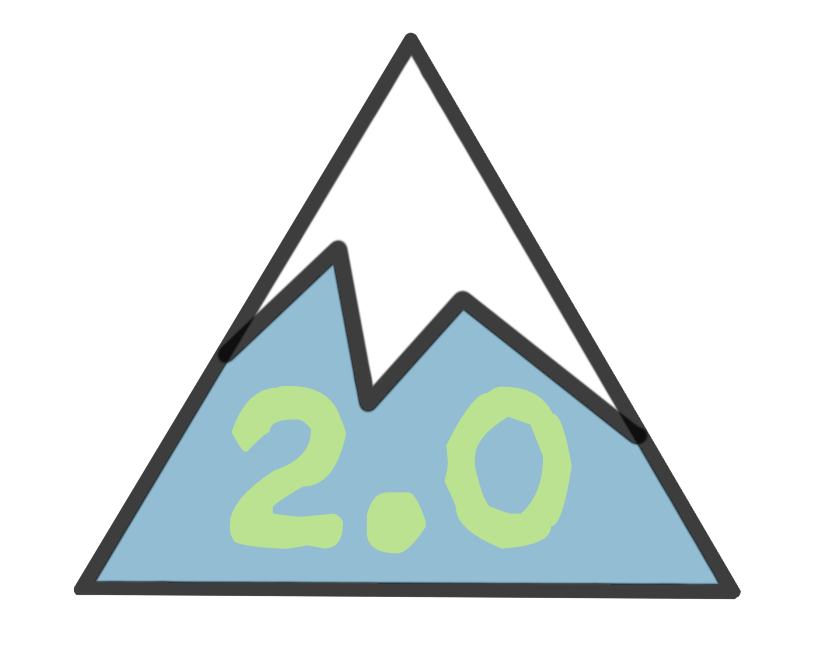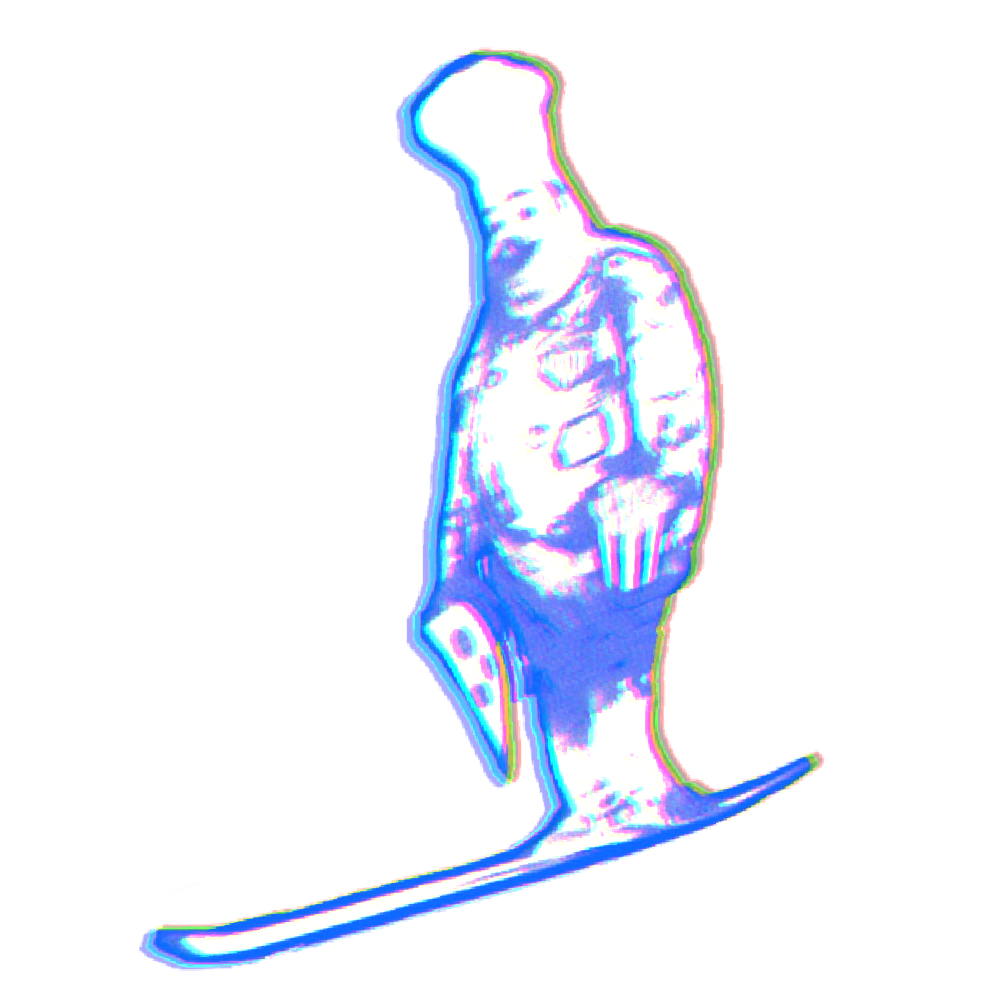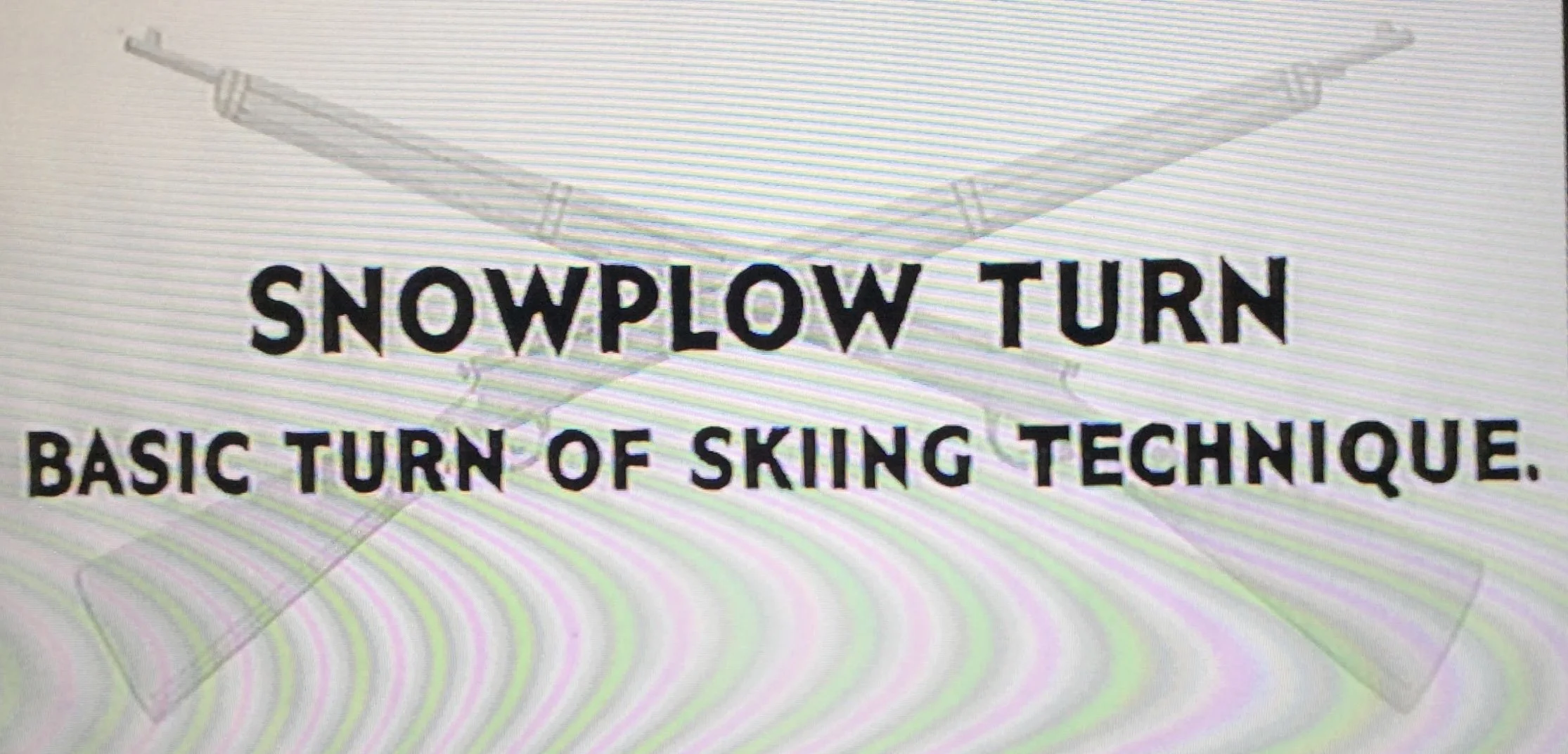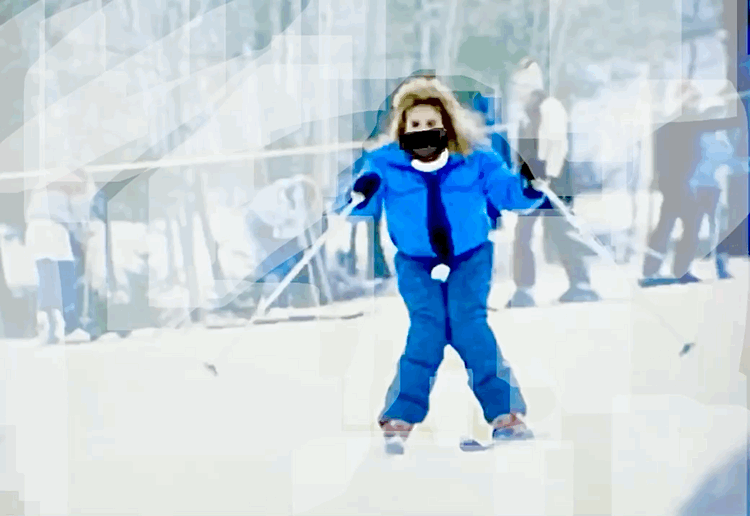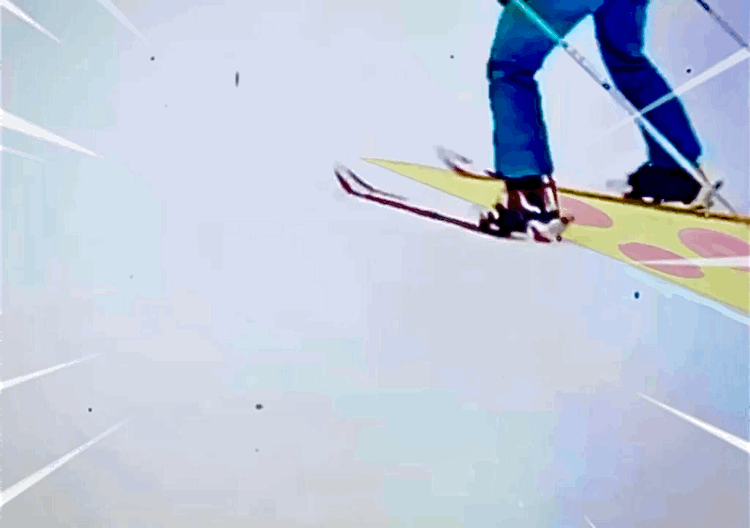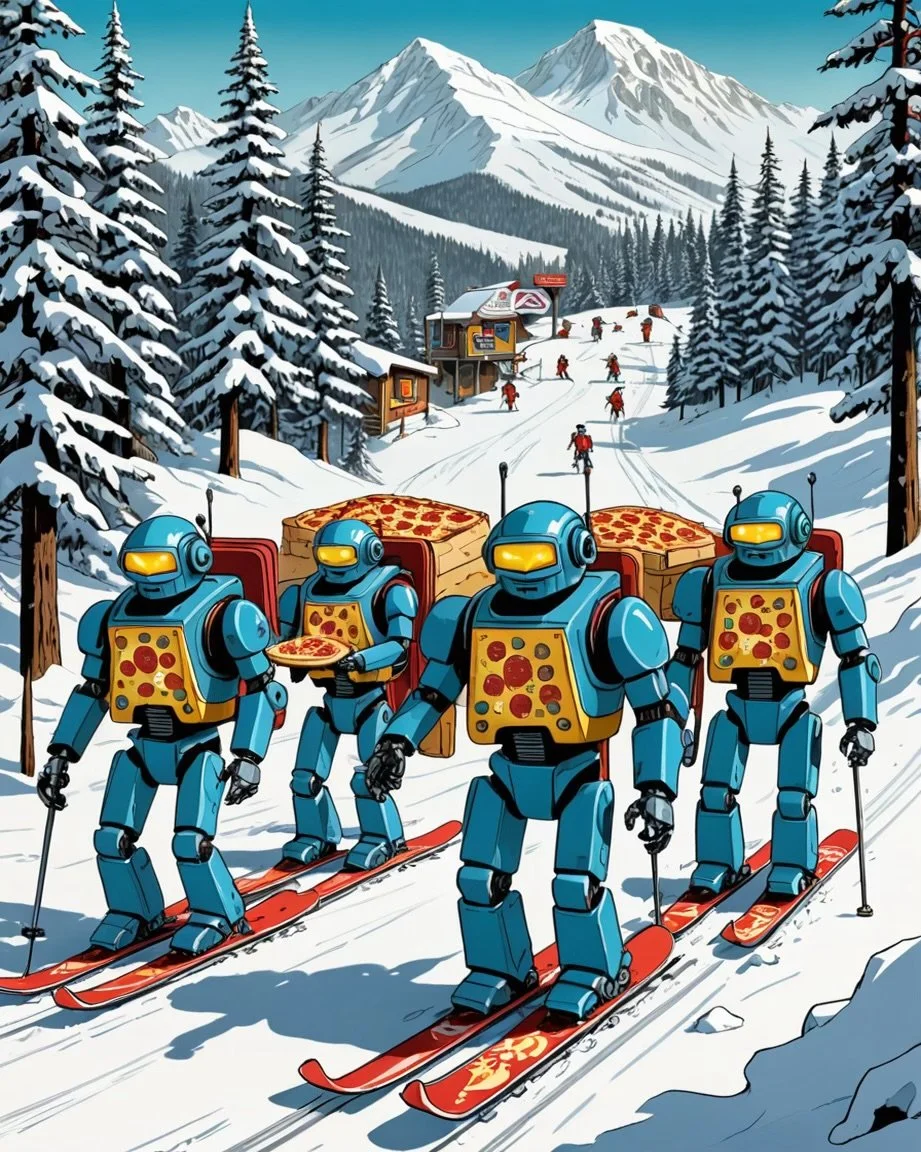
user experience:
V.
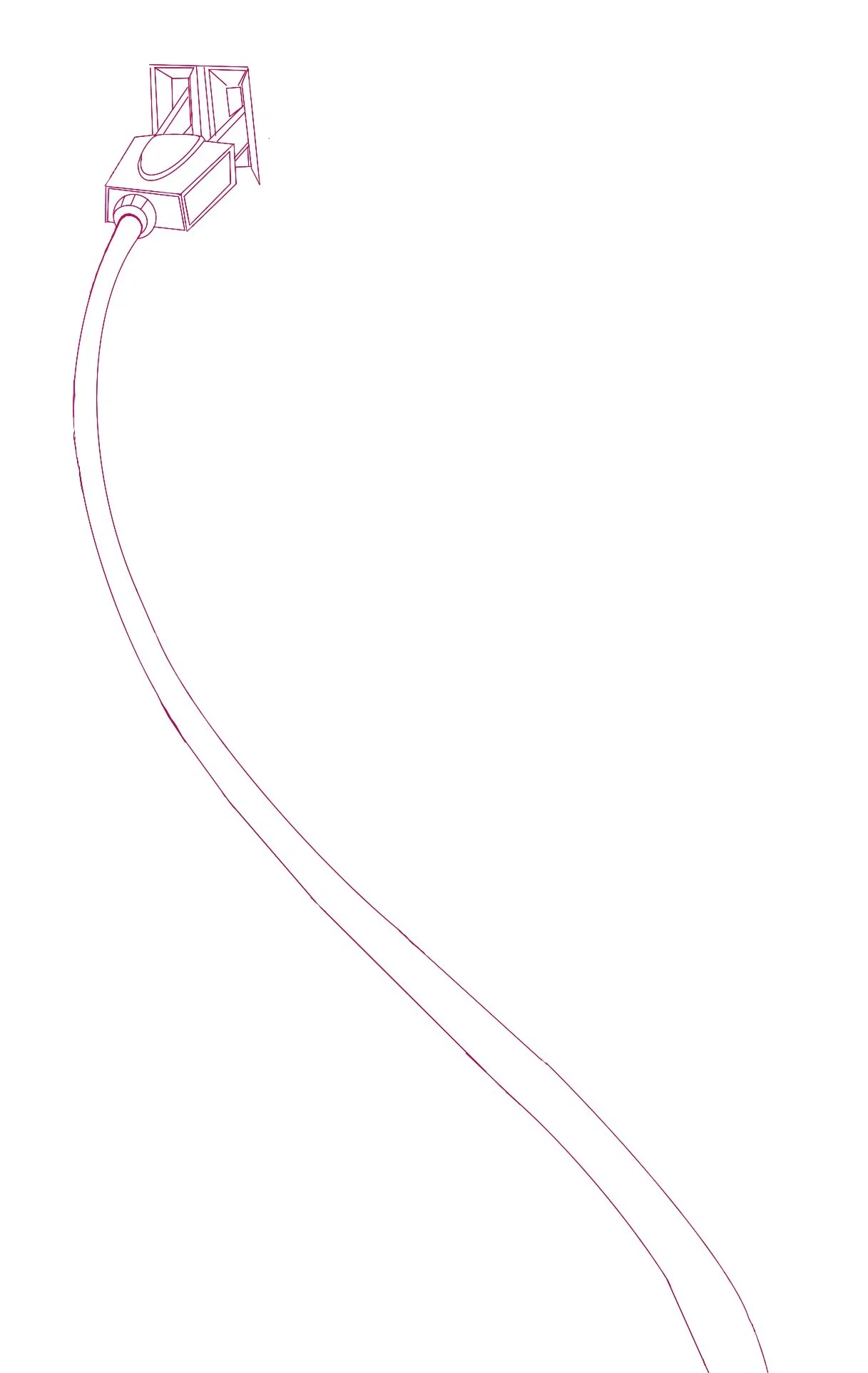
WEDGE --> resistance
Wedge is a position that does what it is designed to do. It is a posture that acts as a framework for the user to learn a prescribed set of steps with the goal of attaining proficiency.
What is not considered by most proponents of the snowplow is that this framework sets the coding for all that comes after.
There are limits to what it can do for you and no limits to what it can do to you and others.
Wedge is hesitation + resistance. A position of weakness - symbolically and literally.
In a real moment of “do or die” - will you rely upon the dodgy programming of a faulty posture to protect yourself and others?

Physical:
Steering all day in a Snow Plow/Pizza is a gas guzzler: the legs immediately feel the burn and the user ultimately succumbs into a state of overall weakness. The inherent design of the Wedge will sap your strength and wreck your knees when used as the primary pattern posture.
Zero physical control ensues when a critical mass of speed is reached after a buildup of fatigue over the course of time. Trembling muscles and their corresponding tendons will react by locking up and not act in accordance with the will of the user.
Fatigue leads to errors and inevitable falls. These tired muscles and joints are more susceptible to injury due to inadequate training in falling and recovery that are indicative of Edge Drive teaching.
Users tend to hunch or hold a wonky upper body posture that tells others in plain body language that they have bad form and therefore are of lower status and should be avoided.
POV: Eyes on skis - always looking down - (not the posture of a happy person).
Periphery is cloudy - focal point is [dnhl] with a side to side weight transfer command. The beginner has no Hazard lights to display to oncoming traffic which is a very real threat to the Beginner who cannot see or prepare for what is speeding at them from behind [uphl].
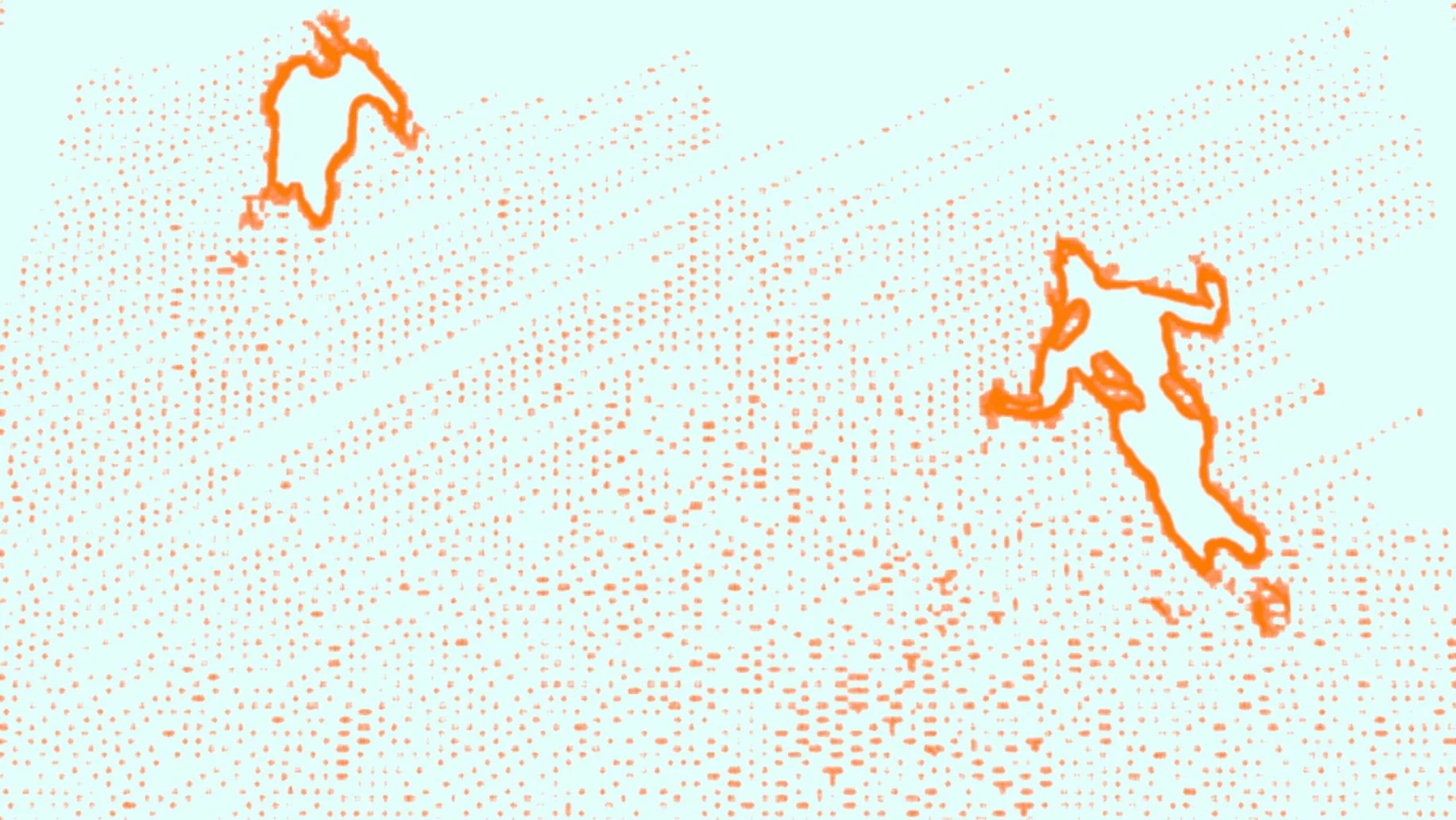
Mental:
Attention is focused on not falling and the consequences of doing so, rather than being in the moment.
Constant attention is given to safety concerns over oncoming traffic. In most cases, an MSI instructor is located [dnhl] from their student and not blocking any sort of threat from a speeding goon.
The Pizza Rattle: is a mental obstacle and conundrum that surfaces in deciding whether or not or how to break the Wedge posture when turning a corner. On a gentle pitch slope it is tenable for most beginners - however, add more degree of pitch, ice, hazards, oncoming goons, and eyes from the chairlift watching (Burn Book) and this step can be dangerous.
Notice how the right leg breaks form and compromises the stability of the Wedge Posture right after Pizza Rat takes it away. In MTN 1.0 this is called a Stem. In MTN 2.0, we call this the Pizza Rattle.
Attention is given to “Pizza/French Fries” verbal command and side-to-side weight distribution commands.
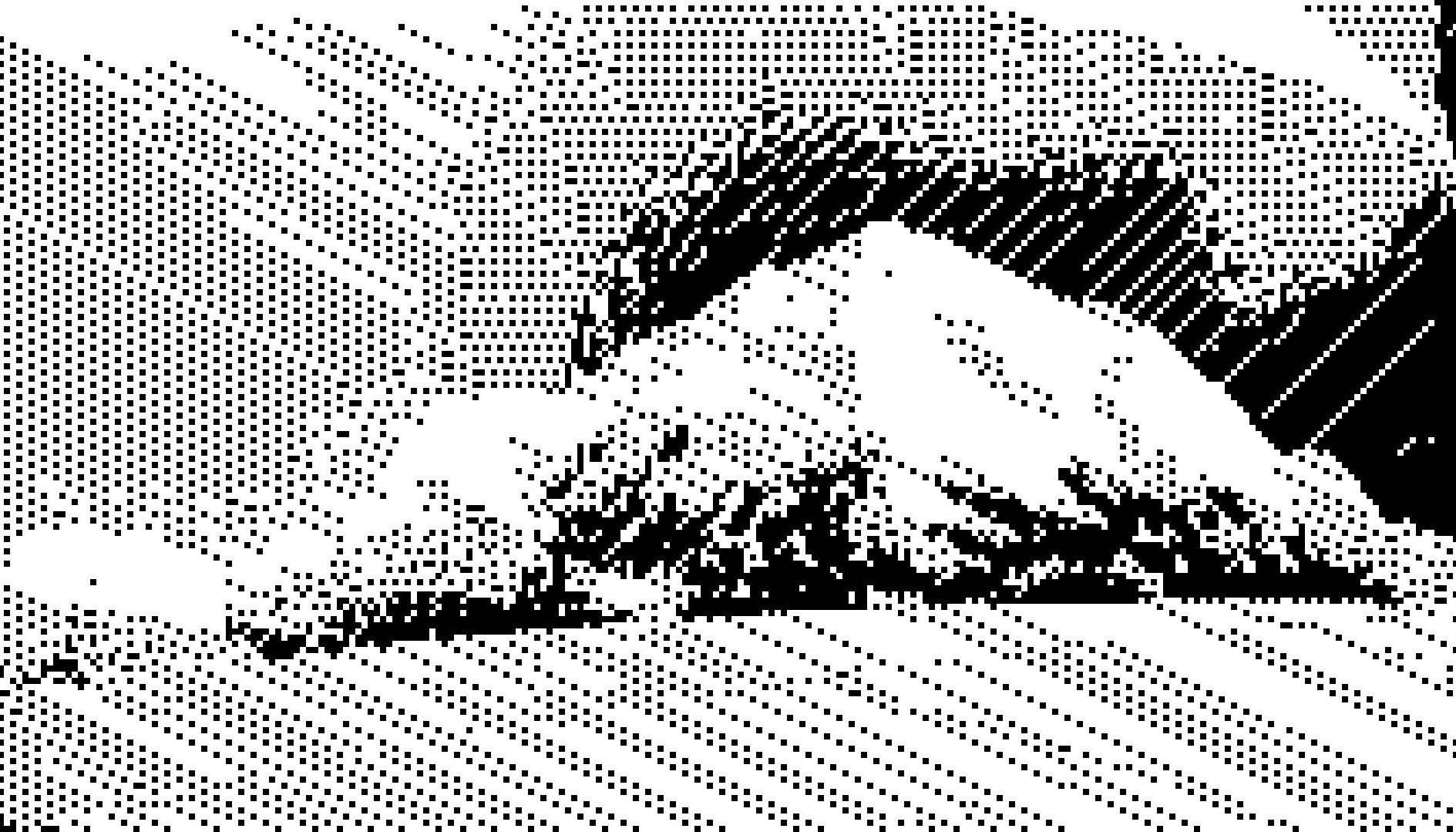
Emotional:
Anxiety heightens when users cannot give necessary attention to oncoming traffic.
Wedge give others the impression of you as an awkward outsider on Freshman Day. Bad form = low status.
Failure/Falling is a status-breaker. Internalizing laughing-stock feelings (Burn Book).
The bad form posturing denotes weakness. Aggressive types on the slopes are prone to subconsciously gliding closer to them. Using an analogy of a Shooter Video Game; the typical beginner body language displays as a bystander with no value in game play. An aggressive skier or rider will play the game that way and see no consequence in coming close to a drone-like beginner in their field of view. To them, you are nothing but an NPC.
Further humiliation is experienced when children are surpassing the user in the same learning environment.
Fear of not having adequate ability to properly stop.

Safety -->
Places the user in a temporary zone or phase that acts simultaneously as a lifeline or buffer and will dissipate unexpectedly when the student reaches a level of natural or organic attunement of the slope experience and relative ease and comfort. There is no need for stopping it or shutting it off.
There is no need for stopping it or shutting it off.
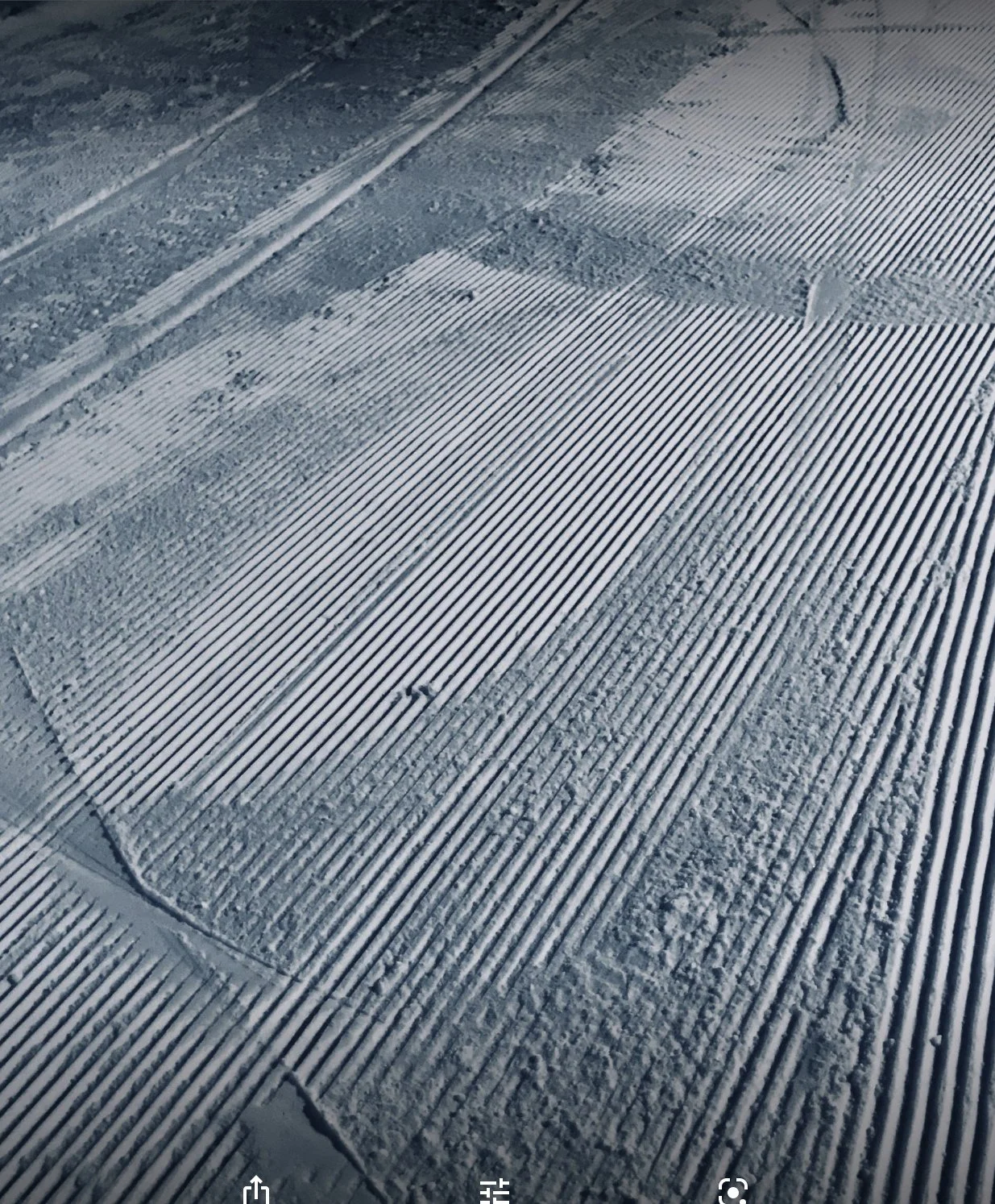
Physical:
Upper and lower body Muscles and joints are used congruently. The body retains optimal levels of strength and support over a longer period of time due to the economical parameters inherent in Drift Drive Mode.
The easy ramble of Safety A/B.
Easy ramble - body language conveys confidence to onlookers. Does not signal to other users to alter their travel path or pattern to react to the beginner.
POV: Eyes on the game board all around you - peripheral vision senses oncoming traffic and detects dangerous goons.
Learning is multifaceted in approach with many behavioral and kinesthetic attributes to support the user in the process.

Mental:
Users have leeway in activating observations of the environment to incorporate an experiential advantage i.e. assessment of technique and helping of others.
Users know that they can control a Safety Stop in any situation.
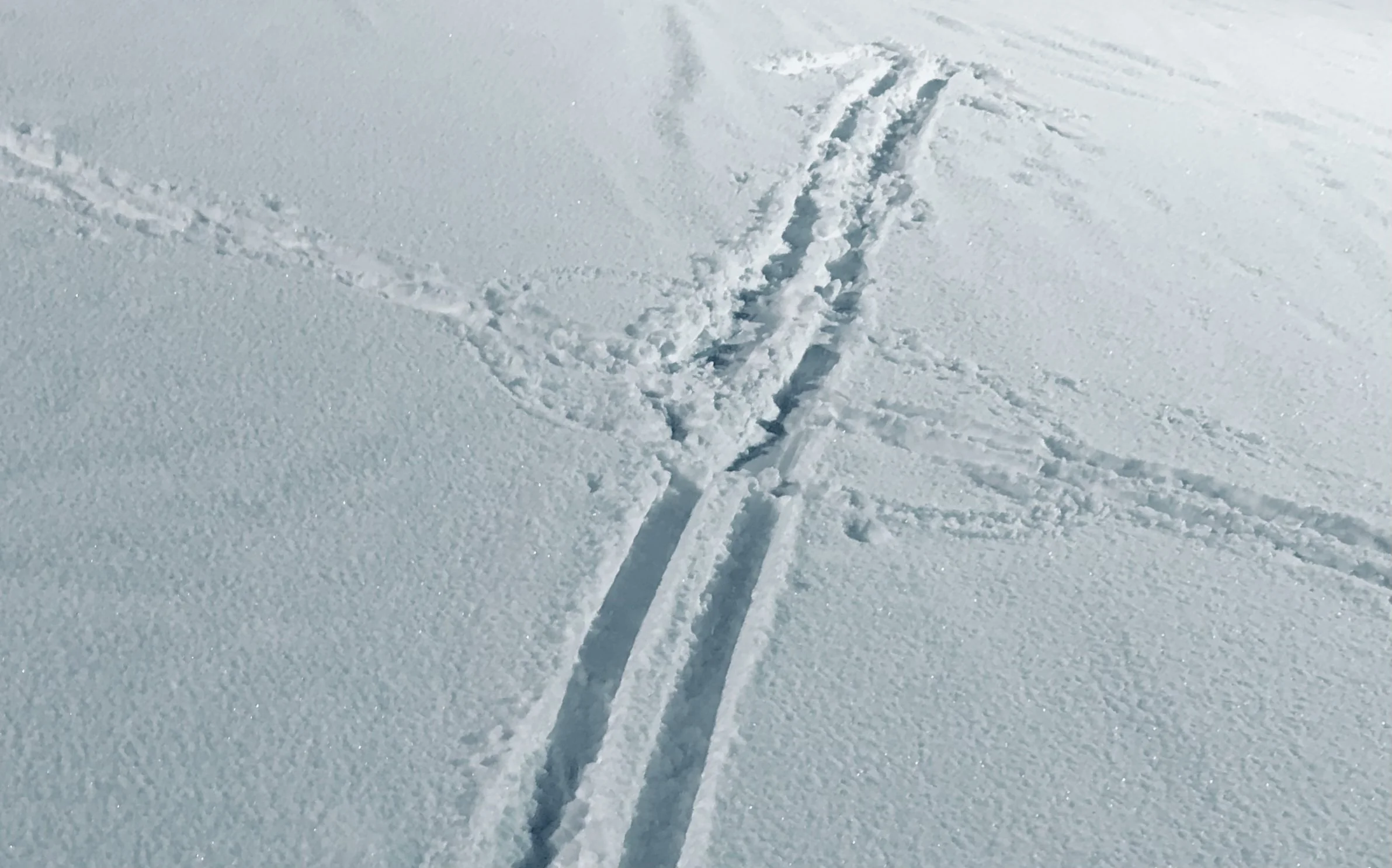
Emotional:
Immediate sense and feeling of belonging.
Flow state is happening. Loss of time. Joy persists.
Minimal if any anxiety is experienced as a result of previous experience in tumbling training along with a free visual range of peripheral sight zones as defense.

